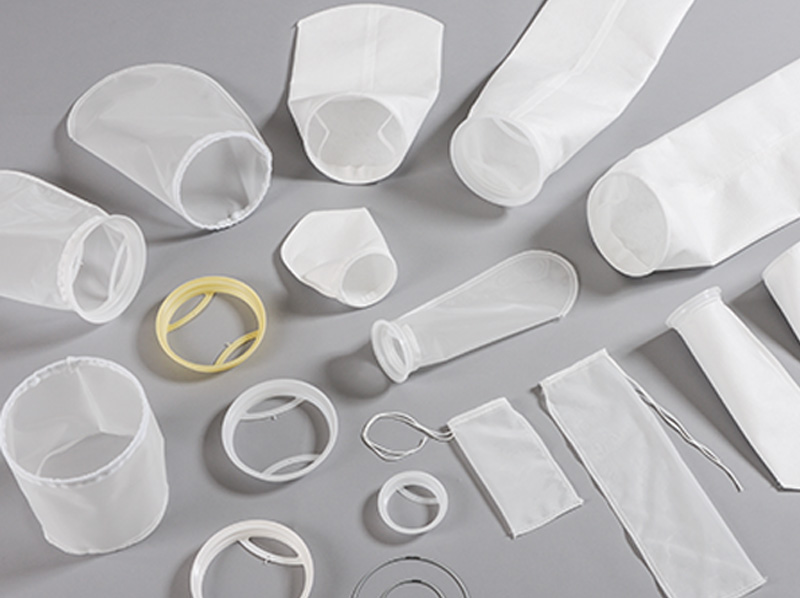Screen printing common technology and material selection
Oct. 28, 2019
Screen printing is the most widely used T-shirt printing technology, and 90% of the T-shirts bought in the outside store are screen printing. The screen printing technology is relatively complicated, mainly including design, filming, printing, printing and drying. Screen printing, simply speaking, is a T-shirt pattern. If there are three colors of red, yellow and blue, then you need to print three editions. One color for each edition, most of the domestic is a spot color printing. Screen printing can be mainly divided into: water slurry printing, glue printing, ink printing. Screen printing by adding some special materials, will have different printing effects to meet the special needs of customers.
Water pulp printing process water pulp printing process is one of the most basic printing process in the screen printing industry, it can be printed on cotton, polyester, hemp, almost all of the light background fabrics, widely used. It works like a dye, except that it "dyes" an area of the fabric to the desired color. Therefore, this process can not be applied to the fabric with deep background color. The biggest advantage of water slurry printing is its wide application, good color fastness and relatively low price. The limitation of water printing process is that it cannot be applied to all dark fabrics.
NMO nylon mesh
Material selection:
Cotton gauze: warp, weft uniformity is very poor, mesh size is not consistent, different shapes, cotton yarn surface smoothness is poor, low tensile strength. Due to the production of cotton screen printing plate quality is not ideal, poor image resolution, printing resistance is not satisfactory, so it has been rarely used.
Silk screen: the warp and weft evenness, tensile strength, surface finish are higher than cotton gauze screen, the disadvantage is that the elongation is too large, easy to aging deterioration, light resistance effect is not good, long-term exposure to light brittle.
NMO nylon mesh: woven from polyamide fibers, is a synthetic fiber. There are multiple strands and single filaments in weaving. The thickness of the warp and weft can be processed according to different requirements, mesh area and density more uniform, better wear resistance, elongation is lower than silk, at the same time, the printing plate made of nylon silk mesh less static electricity, the disadvantage is slightly poor acid resistance.
Polyester printing mesh: also known as polyester silk mesh, is a synthetic fiber. The thickness of the warp and weft can also be made according to the requirements. The mesh area and density are even. Its chemical resistance performance is stronger than nylon wire mesh, elongation is lower than nylon wire mesh, the disadvantage is the printing of static electricity, water than nylon wire mesh poor.
Wire mesh: it refers to the wire mesh woven with stainless steel wire mesh, copper wire, can also be made of electroplate metal nickel wire mesh, its characteristics are high strength, good wear resistance, good chemical resistance performance, surface finish is also high, and electrical conductivity is particularly good, very suitable for printing when the need for warm screen ink or paste. The disadvantage of wire mesh is small elasticity, mesh crease can not restore elasticity, resulting in scrap.
Screen printing, the general use of nylon mesh as a plate substrate, but in the production of very precise image plate, also often used polyester screen and wire mesh as a plate substrate.








